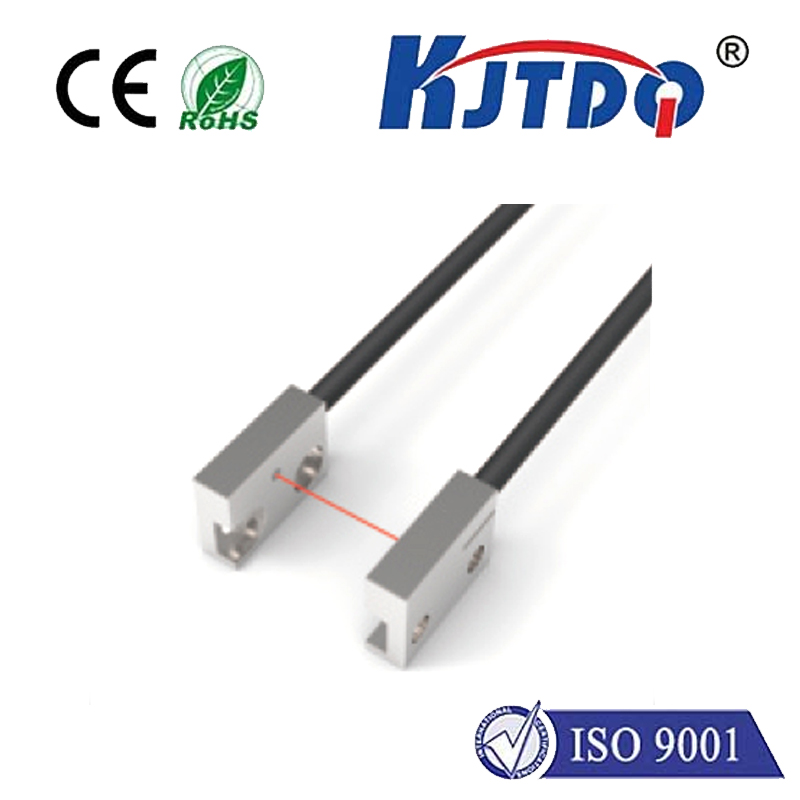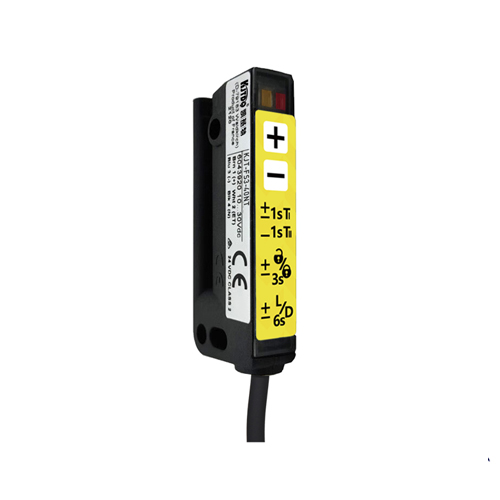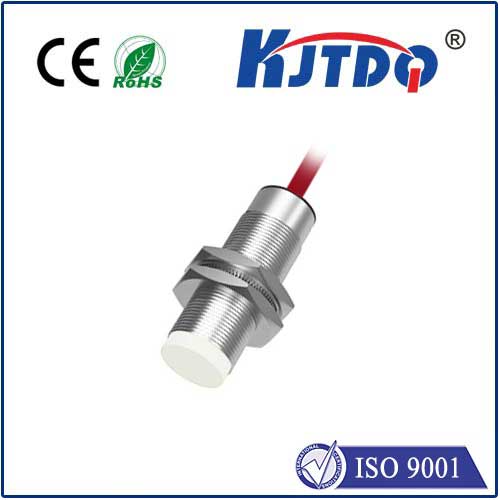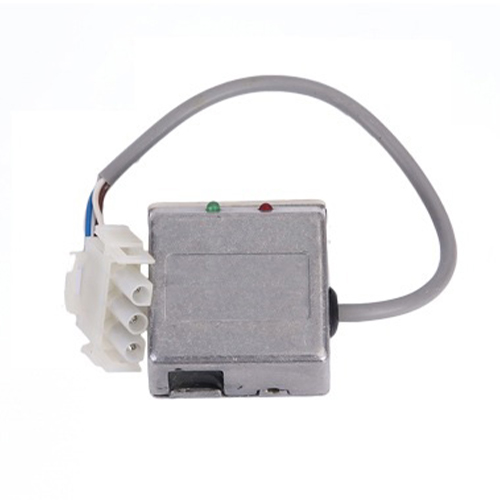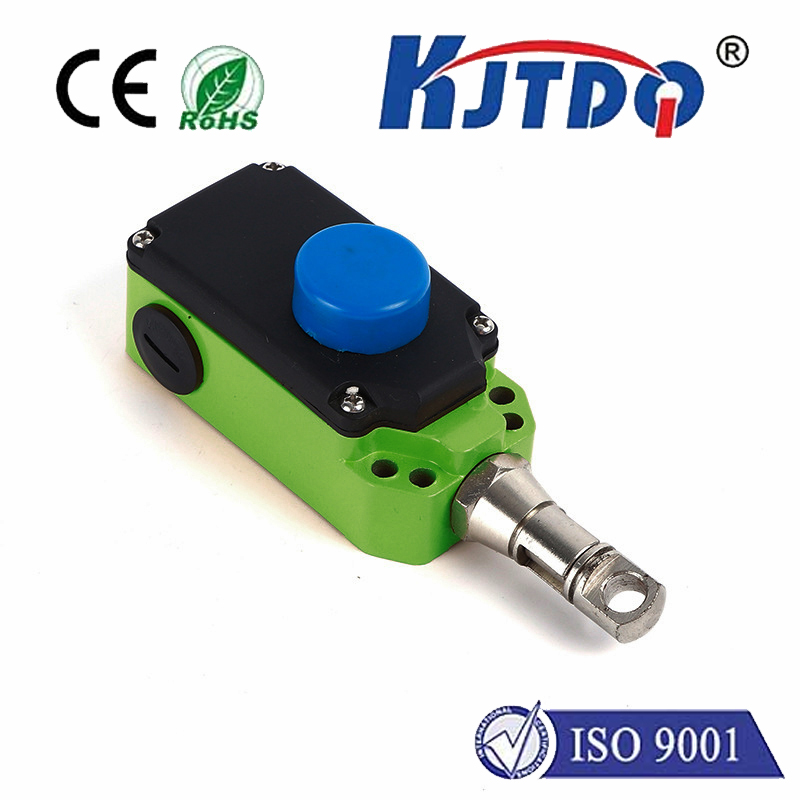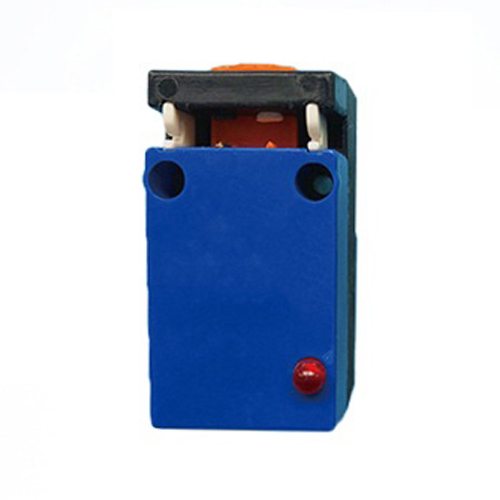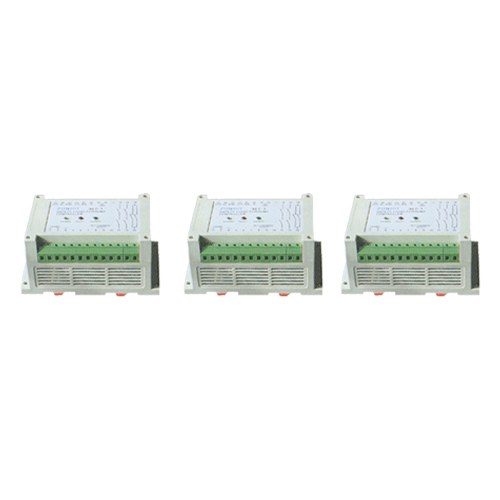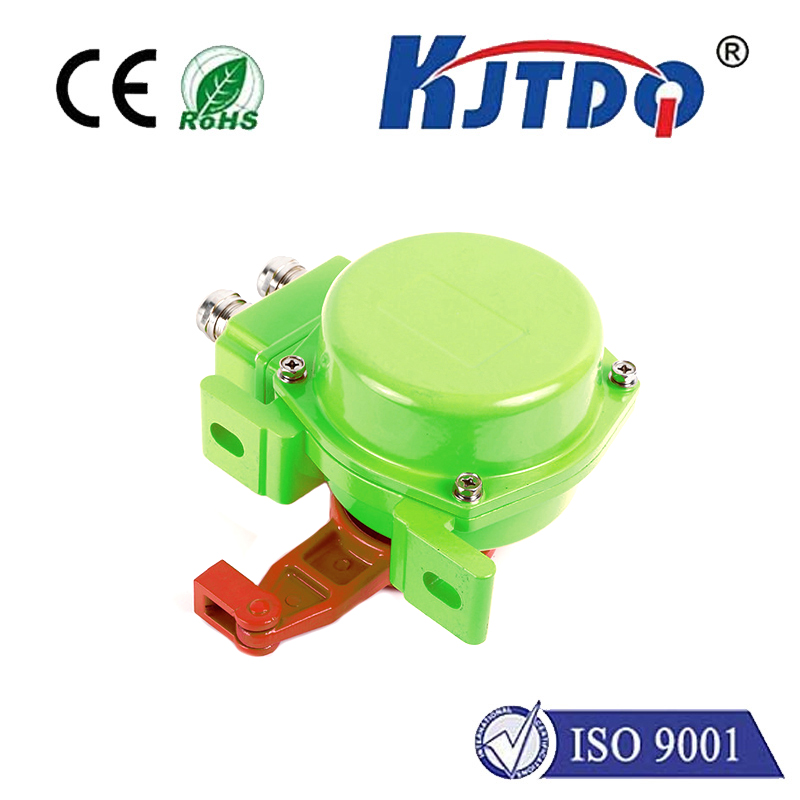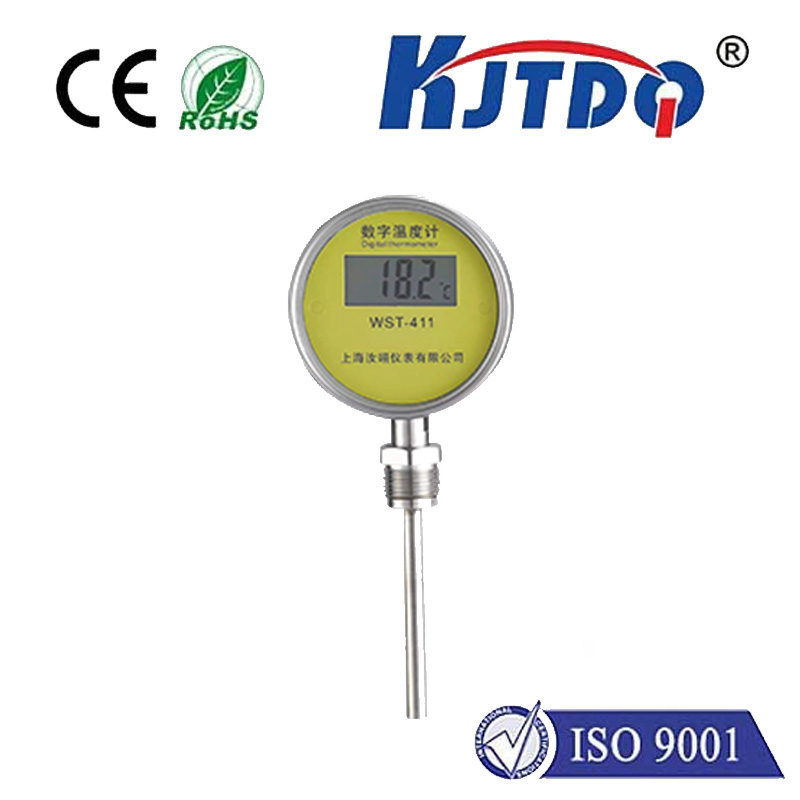optical proximity sensor
- time:2025-08-13 13:41:13
- Нажмите:0
The Eyes of Automation: How Optical Proximity Sensors Revolutionize Detection
Ever reached your hand towards an automatic soap dispenser and watched it spring to life? Or experienced your smartphone screen instantly darken when held to your ear? These everyday conveniences, often taken for granted, are powered by a small but mighty technological marvel: the optical proximity sensor (OPS). These intelligent “eyes” silently orchestrate countless interactions in our modern world, providing critical non-contact detection capabilities across industries. Understanding how they work and where they shine reveals why they are indispensable components in the toolkit of automation.
Beyond Simple Switches: The Core Principle
At its heart, an optical proximity sensor detects the presence, absence, or distance of an object without physical contact. It achieves this by leveraging light. Fundamentally, an OPS consists of:
- A Light Source: Typically an infrared (IR) Light Emitting Diode (LED), though visible light lasers (like VCSELs) are increasingly common, especially for precise distance measurement. IR is preferred for its invisibility to humans and reduced interference from ambient light.
- A Receiver/Detector: Usually a photodiode or phototransistor sensitive to the wavelength of light emitted by the source.
- Signal Processing Electronics: The brains that interpret the signal received by the detector.
The magic lies in how the emitted light interacts with the target object and how the sensor interprets the change in received light.
Two Primary “Looking” Methods: Diffuse and Through-Beam

Optical proximity sensors primarily operate in two distinct modes, each suited for different applications:
- Diffuse Reflective Sensors (Proximity Mode):
- Here, the light emitter and receiver are housed together in a single unit.
- The sensor emits a beam of light (usually IR). If an object is present within its detection range, some of this light is reflected diffusely (scattered in many directions) back towards the sensor.
- The receiver detects this reflected light. Sophisticated electronics analyze the strength of this return signal. A significant increase in received light intensity indicates the presence of an object.
- Преимущества: Simple, cost-effective, easy installation (only one unit to mount/wire).
- Limitations: Detection range is shorter and highly dependent on the object’s size, color, and surface texture (dark, non-reflective objects are harder to detect). Background material behind the object can sometimes cause false triggering if reflective.
- Through-Beam Sensors (Interruption Mode):
- These sensors consist of two separate units: an emitter (transmitter) and a receiver, positioned directly opposite each other.
- The emitter constantly sends out a beam of light towards the receiver.
- The receiver is in a constant “on” state while receiving this beam. When an object passes between the emitter and receiver, it interrupts the light beam, causing the receiver’s state to switch “off”. This interruption signals the object’s presence.
- Преимущества: Longest possible detection range for optical sensors, highly reliable regardless of object color, material, or surface finish (as long as it’s opaque enough), immune to background interference.
- Limitations: More complex installation (precise alignment of two separate units is crucial), higher cost due to two components, requires wiring for both units. Requires a clear line of sight between emitter and receiver.
Why Choose Optical? Key Advantages Over Other Sensor Types
While inductive, capacitive, or ultrasonic sensors also excel in proximity detection, optical sensors offer unique benefits:
- Non-Contact Detection: Prevents wear and tear on both the sensor and the object.
- Detection of Non-Metallic Objects: Crucial for sensing plastics, wood, glass, liquids, biological materials – objects invisible to inductive sensors.
- Fast Response Times: Ideal for high-speed automation and counting applications.
- Precise Distance Measurement (in Some Types): Advanced OPS using triangulation or Time-of-Flight (ToF) principles can provide highly accurate distance data, not just presence/absence.
- Suitable for Small Objects: Can detect very small parts if precisely focused.
- Hygienic: Non-contact nature makes them perfect for food, beverage, and pharmaceutical industries, easily cleaned down.
Where You’ll Find Them: Ubiquitous Applications
The versatility of optical proximity sensors makes them pervasive:
- Consumer Electronics: Smartphone screen blanking during calls, automatic display brightness adjustment, smartwatch gesture control, tablet docking detection.
- Automotive: Occupancy detection for airbag control, automated tailgates/liftgates, anti-pinch protection on windows/sunroofs, rain/light sensors, obstacle detection in parking systems.
- Industrial Automation & Robotics: Object detection on conveyors (position, presence, jam detection), bin picking (confirming part presence), machine guarding safety light curtains, robotic arm positioning, part counting, label detection, fill level sensing in transparent containers.
- Home Appliances & Building Automation: Automatic faucets, soap/towel dispensers, paper towel dispensers, automatic doors, elevator position sensing, HVAC occupancy detection.
- Medical Devices: Non-contact fluid level sensing, equipment positioning, safety interlocks.
- Packaging & Printing: Registration mark detection for precise printing/cutting, missing label detection, film break detection.
Selecting the Right Optical Proximity Sensor
Choosing the optimal OPS hinges on specific application needs:
- Detection Method: Do you need diffuse reflection simplicity or the long-range reliability of through-beam?
- Required Sensing Range: Distance from sensor to target object.
- Target Object Characteristics: Size, color, material, surface finish?
- Background / Environmental Conditions: Ambient light levels, dust, fog, temperature extremes, potential for interference?
- Output Requirements: Simple digital (on/off), analog (distance), IO-Link communication?
- Physical Constraints: Size, shape, mounting options?
The Future is Bright: Innovation Continues
OPS technology is constantly evolving. Miniaturization allows sensors to fit into ever-smaller devices. Enhanced background suppression algorithms improve reliability in challenging diffuse applications. Time-of-Flight (ToF) sensors, capable of precise millimeter-accurate distance measurement, are becoming more accessible. Integration with smart communication protocols like IO-Link provides richer diagnostic data and simplified parameterization. These advancements ensure optical proximity sensors will remain at the forefront of non-contact detection solutions, enabling safer, smarter, and more efficient automation across countless sectors. They truly are the versatile, unblinking eyes that empower our automated world.

